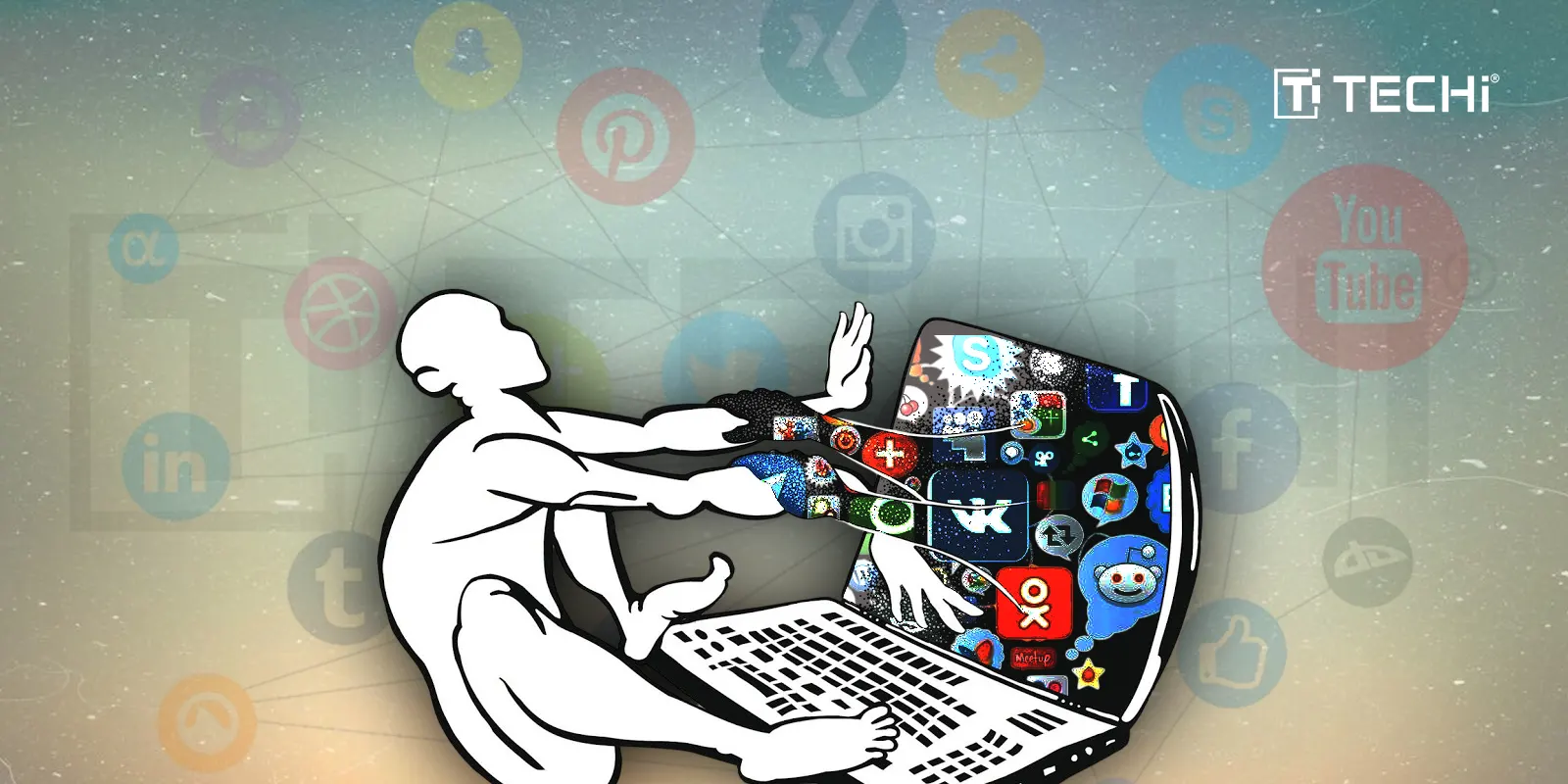Beyond Pink and Blue: A Look at Gender Colors

It goes beyond culture. There is science behind the gender-relationships when it comes to colors. A study by John Hallock compares the color preferences among various demographics and takes into account information collected from 22 countries.
Our friends at KissMetrics put together this informative infographic that tears down the gender barriers to reveal what really goes on in visualizations.
Click any portion to enlarge.
Colors by Gender

The Color Purple – The most notable gender difference can be seen in the color purple. The study reported that 23% of female participants chose purple as their favorite. No males chose purple.

Blue Reigns Supreme – Both males and females like the color blue, which receives favor with 35% of female respondents and more than half of the male respondents. Tomes could be written about the color blue and why people like it so much. Blue is universally associated with clean water, clear skies, authority, truth, tranquility, etc. – making it a perennial favorite among all ages groups and genders.

A Closer Look
In 2007, Doctor Anya Hurlbert and Yazhu Ling created an experiment to explore how men and women differ in their perceptions of color.



Results of the Experiment
The experiment showed that men and women both preferred blue out of the sets of colors. When asked to choose from mixed colors, women liked colors that are closer to the red end of the spectrum, where shades of pink are found.

Color Naming: Men Keep It Simple
What may be simply “purple” to a man could be grape, plum, or any other fruit-like variant to a woman.






This is absolutely cultural, not at all scientific? Why? Because there is no way to remove the bias that has been taught to us our whole lives. Also, in the 19th century pink was a color for ‘boys’. If our preferences are biological and not cultural why would this have changed?
pink was a color for boys? according to what data?
http://en.wikipedia.org/wiki/Pink
All research contains bias. That doesn’t make it not scientific. Of course culture comes into play and I don’t think the researchers would disagree with that. Regardless, this study shows that genders tended to favor and not favor the same colors, which really seems to imply that girls do not tend to favor the color that is culturally associated with their gender. Furthermore, I don’t really see the authors of this article or the researchers of this study saying that our preferences are entirely biological and not cultural. They are simply pointing out that their study seems to debunk the myth that boys like blue and girls like pink.
Your logic is flawed by saying it isn’t science. You are sorely mistaken to believe that analyzing cultural trends is not scientific.
I think there is an assumption that what is science must always be steadfast in it’s conclusions and without variation. Under the same premise, although slightly more extreme, one could say that analyzing eating patterns of a nation would not provide scientific data because it will change in a few generations. Clearly in this example the data is still relevant to today. Therefore, one could assume that the conclusions theorized here are still pertinent, as they apply to our current culture.
Another shit “science” article. How much money were these morons paid, to figure out something both useless if it were right, and still wrong anyhow?
(yes I like purple, and I’m a guy).
Prince likes Purple. Hendrix liked purple. I like purple.
1. The introduction of this infographic claims that it “goes beyond culture,” claiming that responses from 22 different countries were collected. While this is true, it’s misleading – 80% of the actual study’s responses were from the US, with the remaining 20% being divided up among 21 different countries.
2. The final image in the infographic is misleadingly presented as something that’s actually true, when it’s just a sexist joke (its origins are cited at the bottom from the humor site Doghousediaries.com). In fact, XKCD author Randall Munroe conducted his own survey to determine the validity of that very graphic – and it turns out there’s not a huge difference between how men and women name colors (also, nobody can spell “Fuchsia”).
I like brown and purple :/